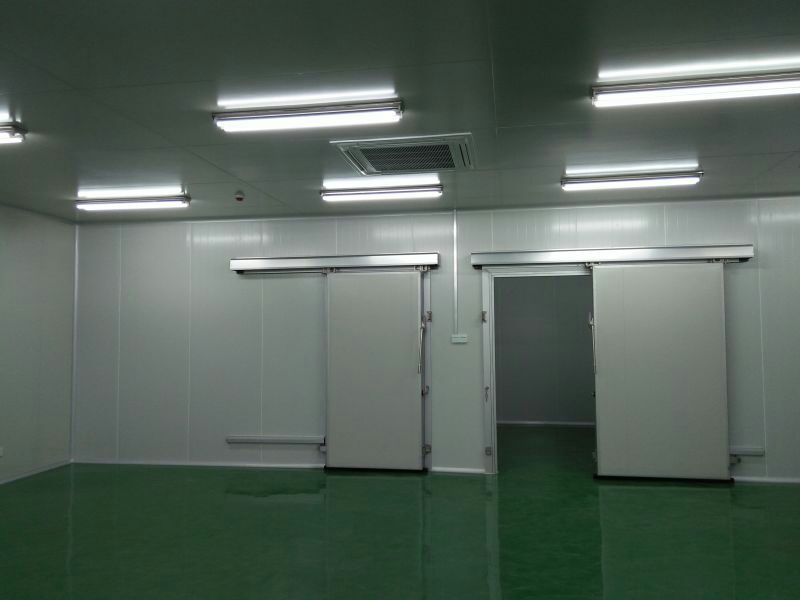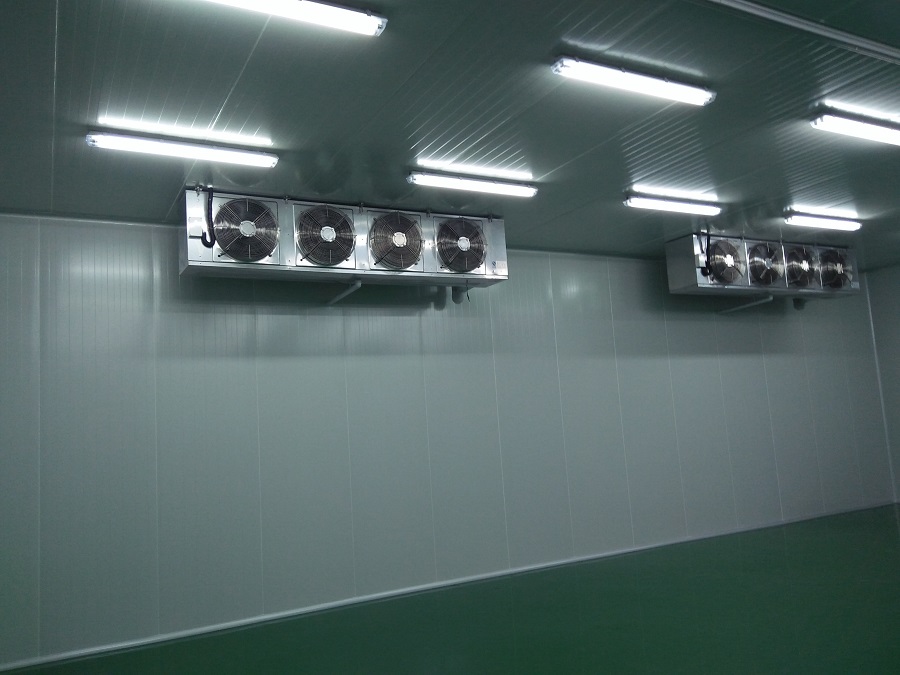Food cold storage facilities are vital infrastructure for preserving food quality, extending shelf life, and ensuring stable supply chains to meet market demands year-round. Acting as the “refrigerator” for cities or regions, they enable crucial processes like cooling, fresh-keeping, freezing, and long-term cold storage at controlled temperatures typically ranging from -40°C to 0°C . To withstand these harsh conditions and maintain precise temperatures, specialized construction techniques are paramount.

Bread and food factory cold storage real shot
Here are the critical factors demanding careful attention during the design and construction of food cold storage facilities:
1.Beyond Storage: A Processing Hub
Modern food cold storage is more than just a warehouse; it’s often an integrated processing center. The facility must be designed to accommodate not only storage but also the specific requirements of various food processing stages (pre-cooling, blast freezing, etc.). Adequate space, specialized equipment zones, and efficient logistics flow for inbound raw materials and outbound finished goods (including packaging and staging areas) are essential.
2.Critical Insulation
The significant temperature difference between the cold interior and the external environment necessitates a high-performance thermal barrier. The building envelope (walls, roof, floor) must incorporate continuous and appropriately thick insulation with low thermal conductivity. This is non-negotiable for minimizing heat ingress (reducing cooling load/energy costs) and maintaining stable, consistent internal temperatures.
3.Vapor Barrier & Moisture Protection: Essential Companions to Insulation
Insulation alone is insufficient. Water vapor naturally migrates from warm, high-pressure areas to cold, low-pressure areas. Without a properly installed, continuous, and high-quality vapor barrier on the warm side of the insulation, moisture will penetrate. Inside the structure, this vapor condenses, saturating insulation (drastically reducing its effectiveness) and potentially freezing, causing structural damage and mold growth. The vapor barrier is the primary defense against this destructive moisture intrusion.

Bread and food factory cold storage real shot
4.Managing Thermal Bridges
Thermal bridges are localized areas within the building envelope where heat flows more easily than through the insulated sections, often caused by structural elements (beams, columns, brackets) penetrating the insulation layer or gaps in continuity. These bridges compromise energy efficiency, cause localized condensation (“sweating”), ice formation, and potential structural issues. During design, thermal bridges must be identified, minimized, and addressed using specialized construction details like thermal breaks (insulating materials separating structural elements) to ensure overall envelope integrity and long-term performance.
Building a reliable, efficient, and durable food cold storage facility hinges on meticulous attention to these core principles – effective insulation coupled with robust vapor control and thermal bridge management – ensuring optimal food preservation, operational efficiency, and cost-effectiveness.
 China cold storage solution provider
China cold storage solution provider
